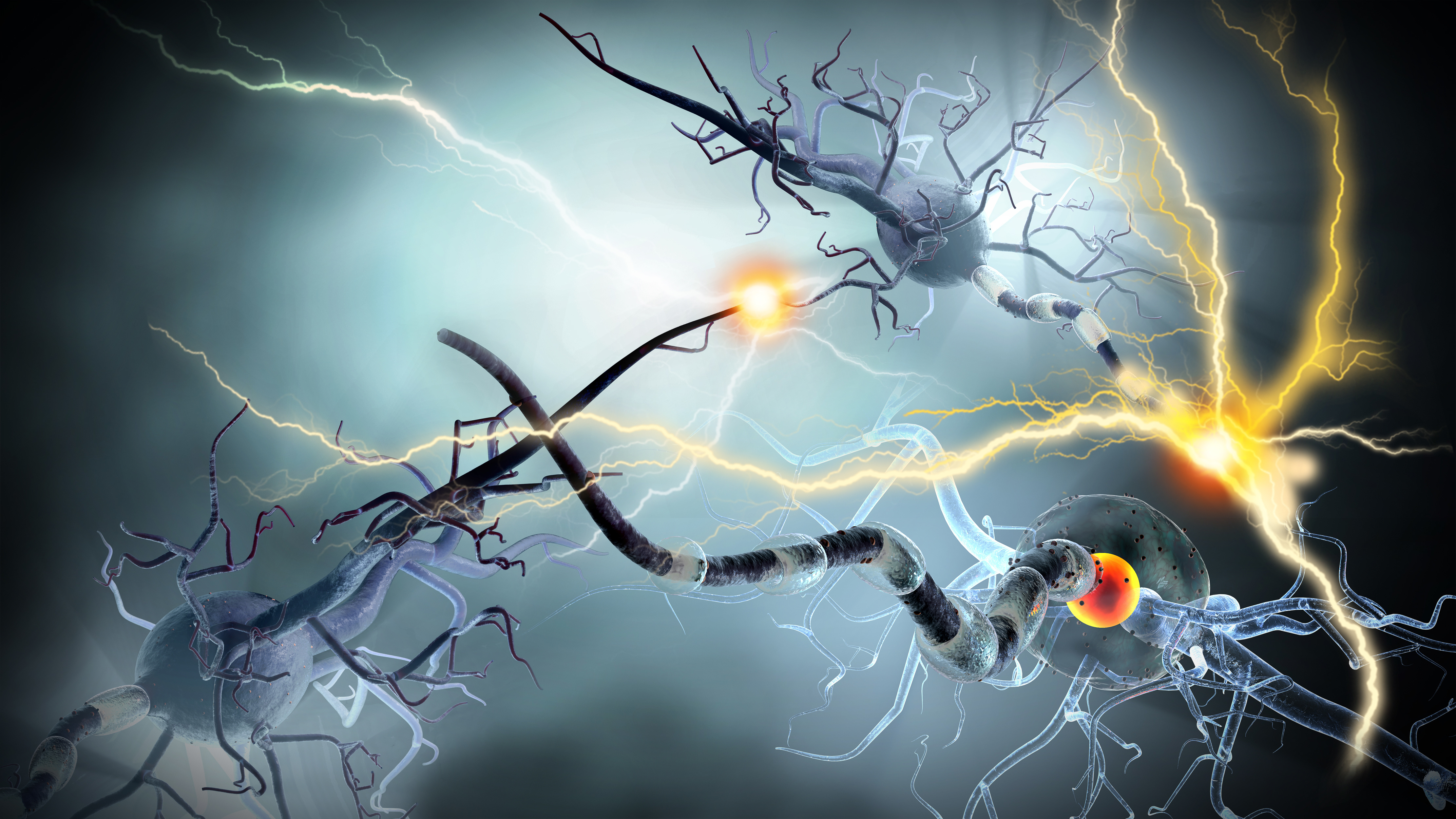“Predicting who is going to get dementia in the future will be vital for developing treatments that can prevent the irreversible loss of brain cells that causes the symptoms of dementia. Although we are getting better at detecting the proteins in the brain that can cause Alzheimer’s disease, many people live for decades with these proteins in their brain without developing symptoms of dementia. We hope that the measure of brain function that we have developed will allow us to be much more precise about whether someone is actually going to develop dementia, and how soon, so that we can identify whether they might benefit from future treatments,” said Charles Marshall, Professor and Honorary Consultant Neurologist, led the research team within the Centre for Preventive Neurology at Queen Mary’s Wolfson Institute of Population Health.
The study
For this study, fMRI scans from over 1,100 participants who were enrolled in the UK Biobank, were used to estimate the effective connectivity between ten regions of the brain that constitute the default mode network (DMN), and changes in the DMN. The DMN connects regions of the brain to perform specific cognitive functions and is the first neural network to be affected by Alzheimer’s disease. Participants were assigned with a probability of dementia value based on the extent to which their effective connectivity pattern conforms to a pattern that indicates dementia or a control-like pattern. Then the predictions were compared with medical data from the UK Biobank.
What they found
The analysis revealed that the predictive model had accurately predicted the onset of dementia up to nine years before an official diagnosis was made, and with greater than 80% accuracy. Among those who developed dementia, the predicting testing was found to accurately identify within a two-year margin of error how long it would take for the individual to receive a diagnosis.
Risk factors
Whether or not changes to the DMN might be caused by known risk factors for dementia was also examined. This analysis showed that the genetic risk of Alzheimer’s disease (AD) was strongly associated with connectivity changes in the DMN. This finding supports the belief that these changes may be specific to AD. Social isolation was found to be a risk factor likely to increase the risk of dementia through its effect on connectivity in the DMN.
“Using these analysis techniques with large datasets we can identify those at high dementia risk, and also learn which environmental risk factors pushed these people into a high-risk zone. Enormous potential exists to apply these methods to different brain networks and populations, to help us better understand the interplays between environment, neurobiology and illness, both in dementia and possibly other neurodegenerative diseases. fMRI is a non-invasive medical imaging tool, and it takes about 6 minutes to collect the necessary data on an MRI scanner, so it could be integrated into existing diagnostic pathways, particularly where MRI is already used,” said Samuel Ereira, lead author and Academic Foundation Programme Doctor at the Centre for Preventive Neurology, Wolfson Institute of Population Health.
As with anything you read on the internet, this article should not be construed as medical advice; please talk to your doctor or primary care provider before changing your wellness routine. This article is not intended to provide a medical diagnosis, recommendation, treatment, or endorsement. Additionally, it is not intended to malign any religion, ethic group, club, organization, company, individual, or anyone or anything. These statements have not been evaluated by the Food and Drug Administration.
Content may be edited for style and length.
References/Sources/Materials provided by:
T.W. at WHN




